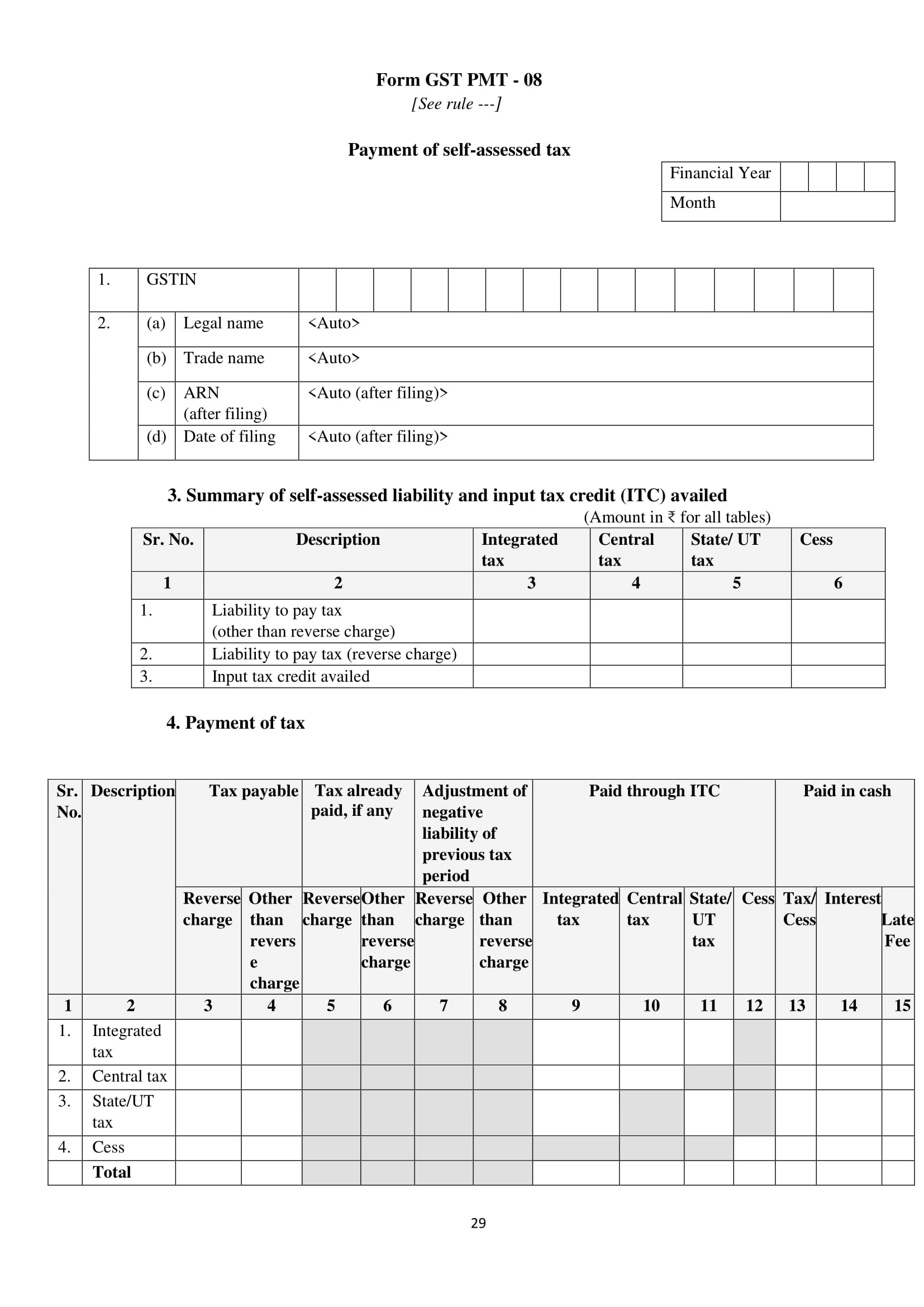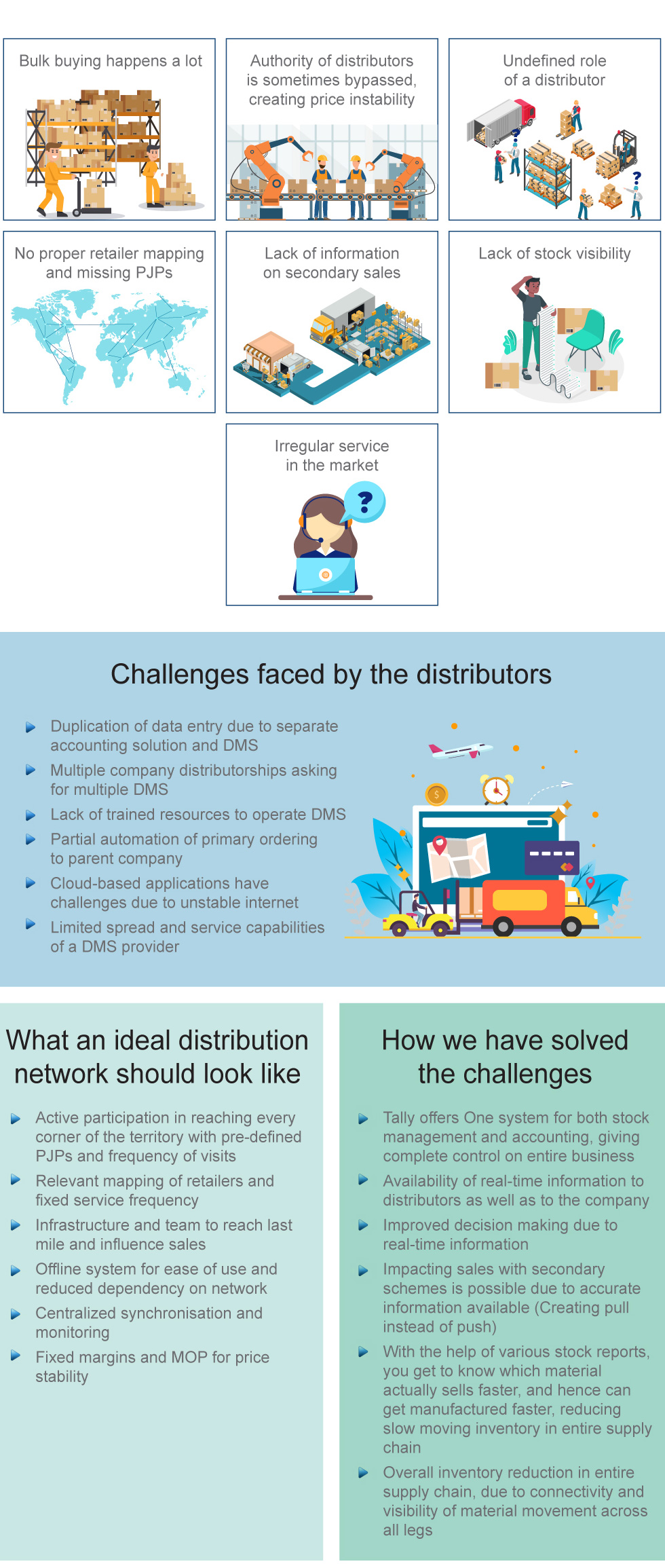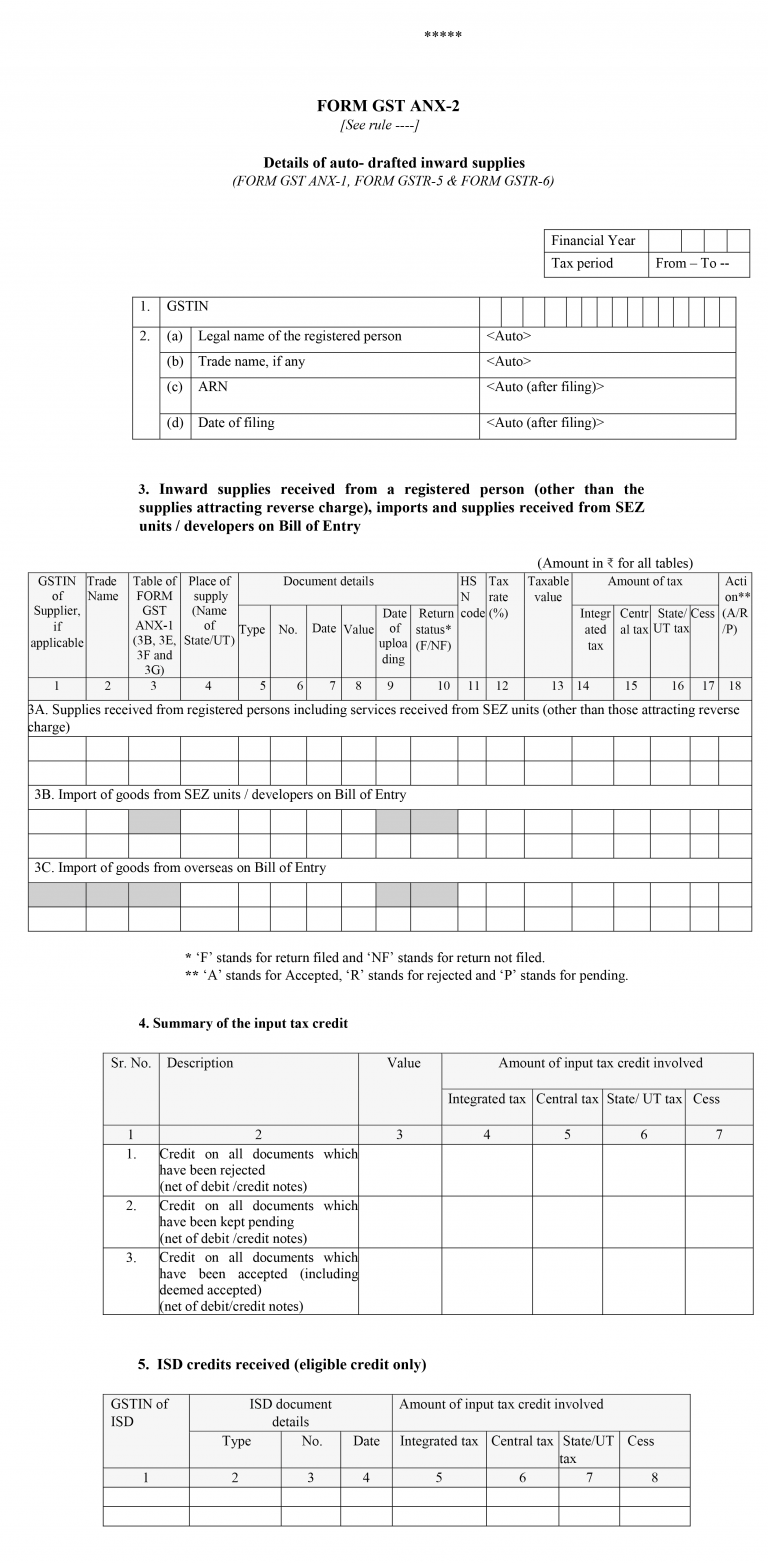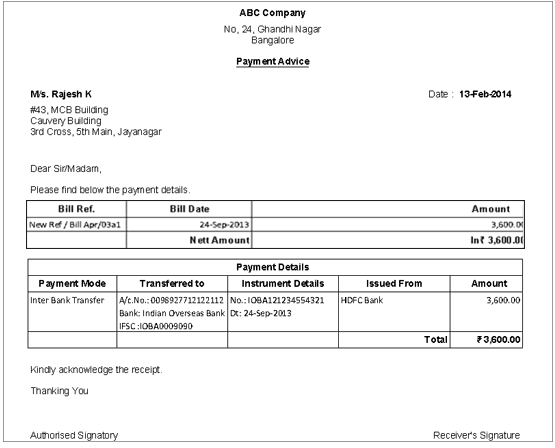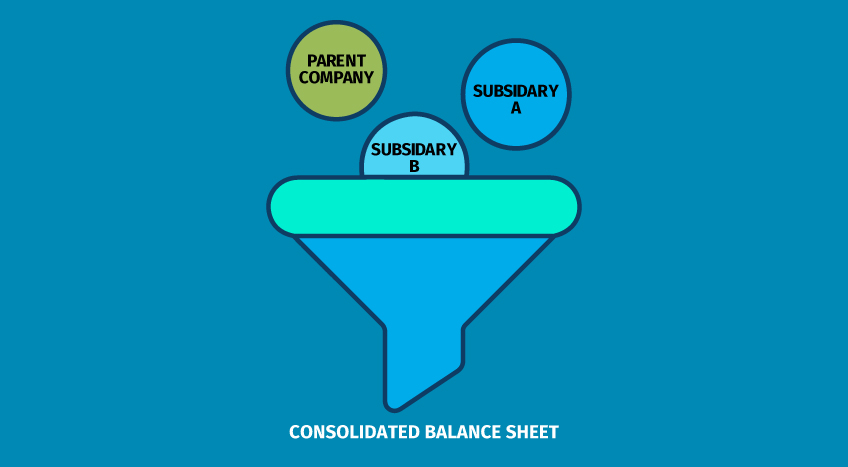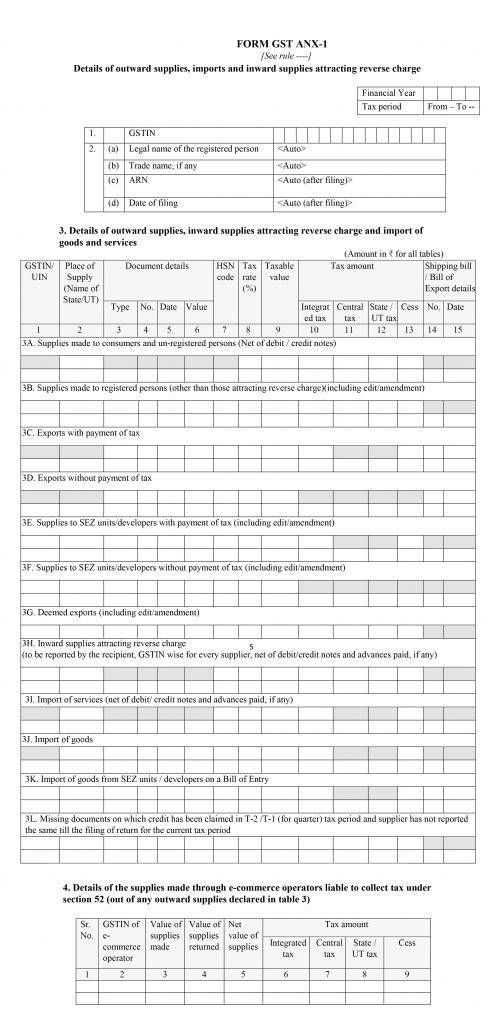Definition of inventory control
Inventory control is an activity of checking a shop’s stock and to maintain the inventory at desired levels, keeping in view the best economic interest of an organization. In simple words, inventory control is a process of ensuring that a business maintains the adequate quantity of stock to meet the forecasted demand with minimum holding cost.
Why do businesses carry an inventory?
The below table explains different inventory types and the reason why such inventories are held by the business.
| Raw materials | The reason for holding raw materials is to reap the price advantage available on purchase of bulk or on any seasonal raw materials which can be procured only during the harvest seasons. |
| Inventory in work-in-progress | The reason is to balance the production flow. Let’s say if any batch order which requires the same kind of raw material, it can be diverted from the batch order that has been postponed by the management for certain time thereby not affecting the production flow. |
| Readymade components | A company usually does not produce every component that goes into the product. Sometimes they buy readymade components available in the market. In such a situation, it becomes necessary for the company to hold stock of those readymade inventories which are required in the production of the final product. |
| Finished goods | A company stocks the finished goods during the waiting period until it finds its customer. In some cases, more stocks are held to create demand for the product and get a high price for the product. |
From the above, it’s quite clear that for various reason, you need to hold inventories in the business. In this process, how much to stock is an important question that needs to be answered. Here is why inventory control plays an important role.
Importance of inventory control
Managing adequate stock is key for managing inventory successfully. Overstocking will lead to cash flow blockage and the additional cost for managing excess stock. On the other hand, understocking leads to loss of sale due to non-availability of stock at the right time.
As a result, a business needs to implement inventory control so that the right product at the right place and the right time is available.
Inventory control helps the business in knowing the shortfall and quantities to be ordered considering the net stock available. Thus, it ensures that enough stocks are maintained to meet customer needs, at any point in time.
Objectives of inventory control
Inventory control has two key objectives:
Customer service level
Why do you produce goods? The answer is simple it is to sell the goods at a good price. In an open market, there are so many manufactures who may produce the same goods as you may. Then how could you be different and attract customers to your product? The answer here is plain, it’s only through proper customer service.
Customer service means having the right goods available in the right quantity in the right place at the right time. This can only be achieved if you have proper inventory control measures followed up in your organization.
Cost of holding inventories
Another objective of inventory control is to optimize the cost of ordering and carrying inventories. As we know that the overall objective of inventory control is to achieve satisfactory levels of customer service by keeping the inventory costs within reasonable bounds.
Therefore, the cost of ordering inventories and carrying those inventories throughout the production is also important to keep the overall cost of selling as low as possible.
Advantages of inventory control
- Maintaining an optimum level of inventories
- Helps in laying the procurement process considering the wait-time, lead-time etc.
- Periodical inspection of inventories
- Guides us on storing and issuance of inventories from godowns.
- A systematic record of movement of materials.
- It helps to lay out plans for physical verification of inventories.
Steps involved in inventory control
Step 1: Deciding on the minimum levels of inventories
A production department is incomplete if it does not have a good relationship with the sales and marketing department. It is because the demand or need for the product you produce can only be assessed by people who are close to customers such as sales and marketing.
Thereby deciding on the levels of inventory i.e. maximum-minimum limits of inventory is important because as a manufacturer you would not like the raw materials to go obsolete even before the production has begun or to stock up raw materials that have very limited use in the production of a finished product.
Step 2: To decide on the re-order level
The demand for anything is uncertain in this world. Especially with customers taste and preferences. A product manufactured by you may be selling high and you must be ready to decide as how much to produce adhering to customers demand.
For which you have to decide as to when you will be re-stocking the raw materials which will be used in the production of the final product. If the restocking time passes beyond the committed time of the finished product to the customer, then you will not be able to deliver a complete product to the customer.
Step 3: Choosing a sound inventory control method
There are several types of inventory control method available and you can choose the one which suits your business. No matter which method you choose, it is important that the techniques should assist knowing the minimum quantity of stock, point in time at which the stock should be re-ordered and right quantity that should be ordered.
Inventory Control Methods
The following are the different types of inventory control methods used by the business.
ABC analysis
Here, the stock is divided into three sections namely A, B and C. A section consist of inventories that are high in value with low sales frequency or consumption. This category of stocks requires to be controlled closely. Category B consists of stocks that are of moderate value and with decent sales frequency. In category C, you have inventories with low value having high sales frequency requiring minimum inventory control.
Just in time (JIT)
Here, the company maintains an inventory level that is required during production. Under this method, you will not be having any excess inventory beyond the production requirements and it helps you get rid of the cost involved in storing excess stock. Â Here, the order of stock is placed when old stock is close to zero and this puts production in risk, even if there are small delays.
Economic order quantity (EOQ)
In this method, the company will get to know how much quantity of inventory should the company order at any point of time and when should they place the order considering the minimum level of inventory.
Fast, slow, and non-moving (FSN)
Here, the inventories are classified based on the movement. All the inventories are categorized as fast-moving, slow-moving, and non-moving. Basis the movement across the categories, the order is placed.
Conclusion
Inventory is money sitting around in another form. You paid money for your inventory, and you will get that money back when you sell it. Until you sell them, you need to hold and manage inventories. Gone are those days where managing inventory was a nightmare. This is because the businesses have started using inventory management software which comes with in-built and automated inventory control techniques.
Basis the consumption of the inventories, the inventory management software is smart enough to know the net stock, shortfall, and quantity of stock to be ordered. More importantly, information is available readily at a click which allows the businesses to take timely decisions.
